
Have you ever given any thought to how bowling pins are set up? If not, it’s worth considering. You’d be surprised at the nuances of how bowling pins are arranged– it’s some fascinating stuff!
Whether you’re a seasoned bowler or new to the game, knowing how bowling pins are set up is pivotal to how the game of bowling is played.
Contents
Bowling Pin Setup
Bowling pins may be arranged in one of several formations, depending on the type of bowling you’re doing. In the following sections, we’ll examine four types of bowling and how the pins are set up for each bowling game.
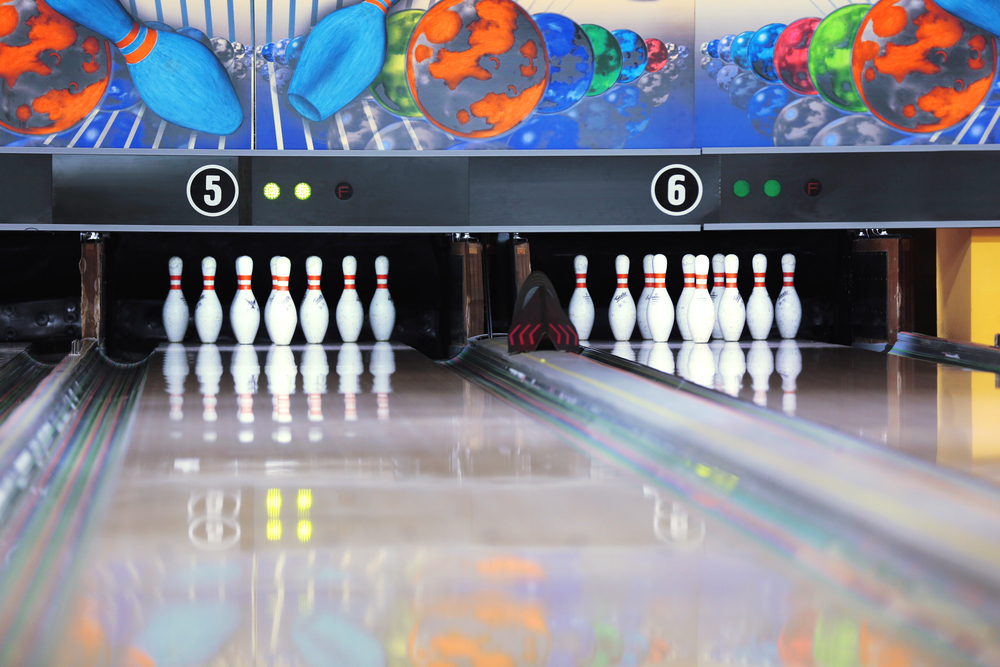
10-Pin Bowling Pin Setup
In a traditional 10-pin bowling game, the bowling pins are set up at the end of the 60-foot lane in the pin deck. The pins arrangement is a triangular formation and is placed in four rows and are numbered. The number of each pin is based on the
The first row, which is the tip of the triangle and closest to the bowler, has one pin. This pin is called the head pin. From left to right, the second row is made up of pins called, 2 and 3. The third row, from left to right, consists of pins 4, 5, and 6. Lastly, pins 7, 8, 9, and 10 create the fourth row. Each pin is set precisely one foot away from any surrounding pins.
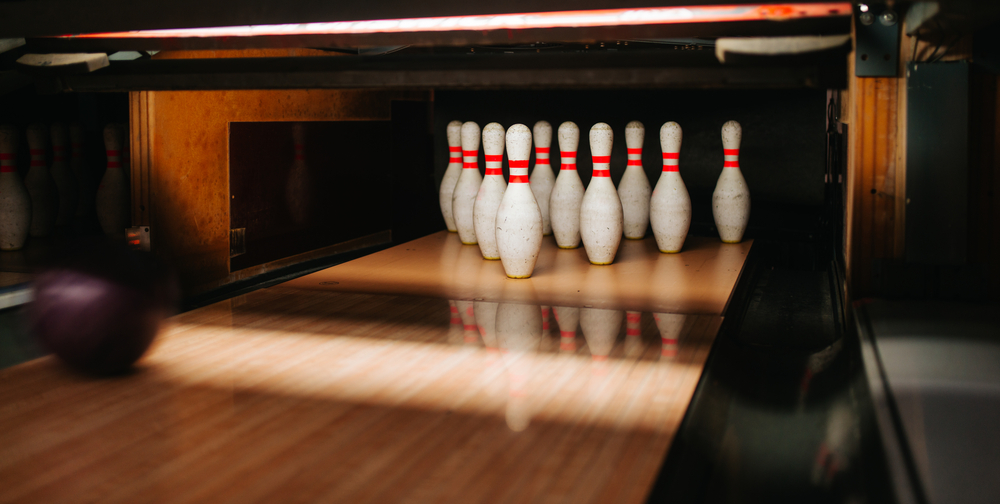
Candlepin Bowling Pin Setup
Candlepin bowling has the exact 10-pin bowling equilateral triangle formation. However, there are bowling game differences in Candlepin bowling; the place where the pins are set is the pin plate, ball size, and pin weight. Therefore, the bowler has to utilize a different strategy to score.

5-Pin Bowling Pin Setup
5-pin bowling pins are placed in a “V” shape. One single pin is placed closest to the bowler, and the other pins are placed two in a row, spaced out to make the “V” shape behind the singular pin. The rubber around the bottom section helps it roll when struck. 5-pin bowling, your score is based on how many pins are knocked down, but which pins actually fall, as each pin has a different value.
The center head pin is worth 5 points, the pins on both sides are worth 3 points, and the pins at the ends are worth 2 points. In each frame, the five pins are for a total of 15 points.
The entire width and depth of five-pin pin decks are 41″ (104.1 cm) and 36.25″ respectively (92.1 cm). Eighteen inches separate adjacent Five-Pin pins (45.7 cm).
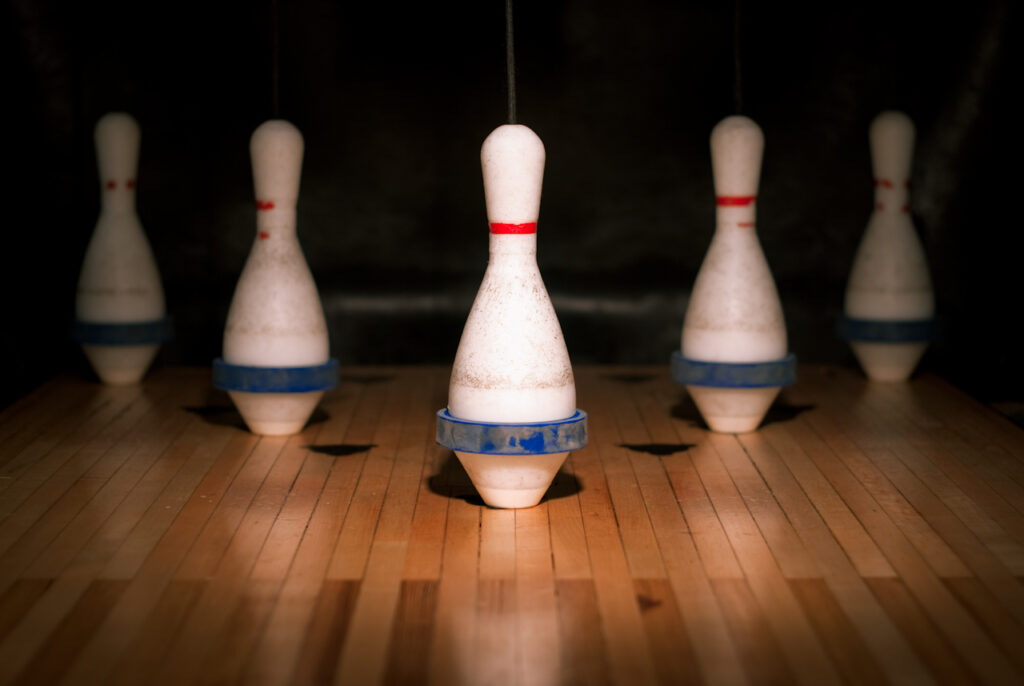
9-Pin Bowling Pin Setup
9-pin bowling has an entirely different pin formation, as pins are set up in the shape of a diamond. At the end of a 64 ft (19.5m) lane, the first pin is situated in the center and is the pin closest to the bowler. The one pin is followed by two pins, then three pins, two more pins, and then the final pin, a single pin on the back row. The setup should look like a perfect square turned to its side.
Bowling alleys have machines that automatically set up and remove the pins knocked after every frame. These machines are vitally important, as the way the pins are arranged is essential to the progression of any bowling game. If one pin is off, it can significantly affect a given bowler’s scoring potential. If there is no machine that automatically set the pins in 9-pin like there are in 10-pin, pin-setters are used to set the pins and return the balls.
The pins are spaced wider apart than in a 10-pin connector. The width of 9-pins and 10-pins is the same, while the length of 9-pins is somewhat longer. The 9-pin rack allows for more splits than the 10-pin rack, which, like the 10-pin, isn’t suitable for scoring and is also more expensive.
What Is Bowling Pin Formation Called?
When you hear someone talk about the “pin rack,” they are referring to the set of 10-pins. The “head” pin is the one that is closest to the bowler, and the “pin deck” refers to the portion of the lane where the pins sit.
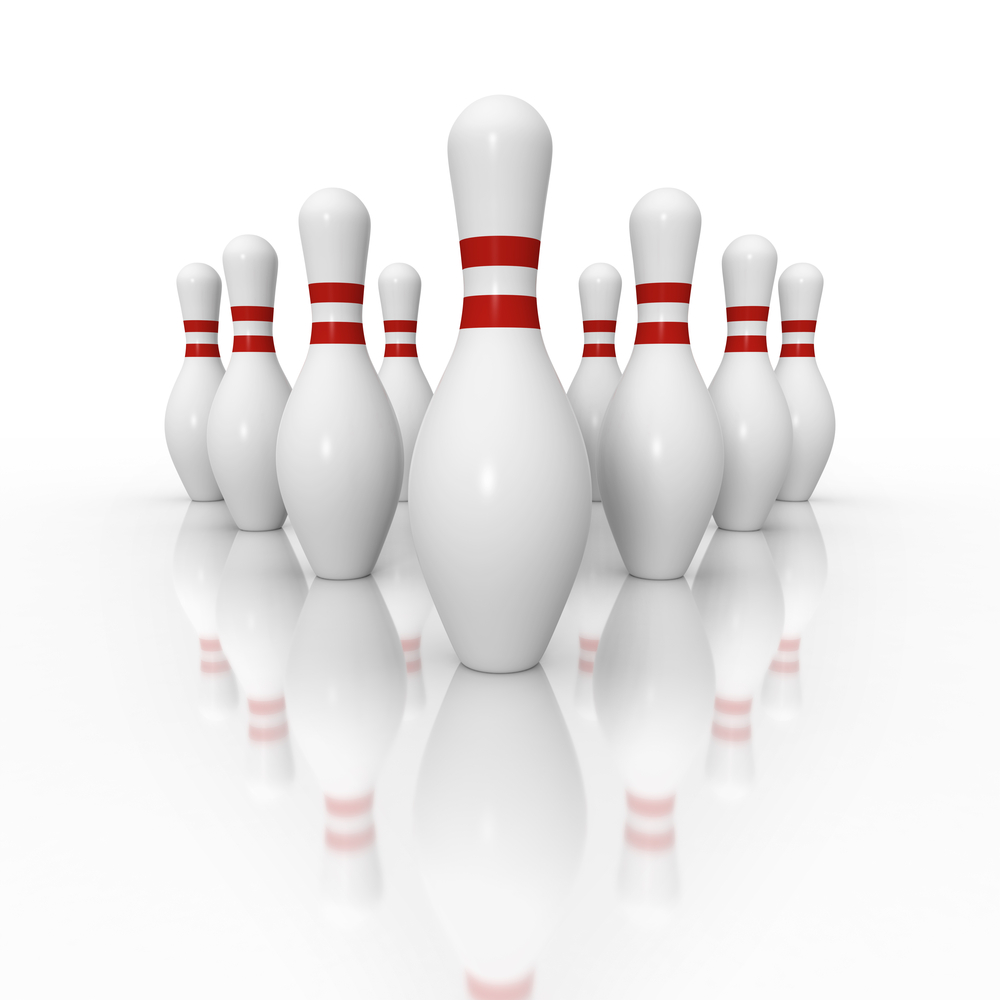
How Are Bowling Pins Numbered?
Candlepin and tenpin bowling are arranged in a triangle, with the single pin or “headpin” being the one closest to the bowler. This pin is pin number 1.
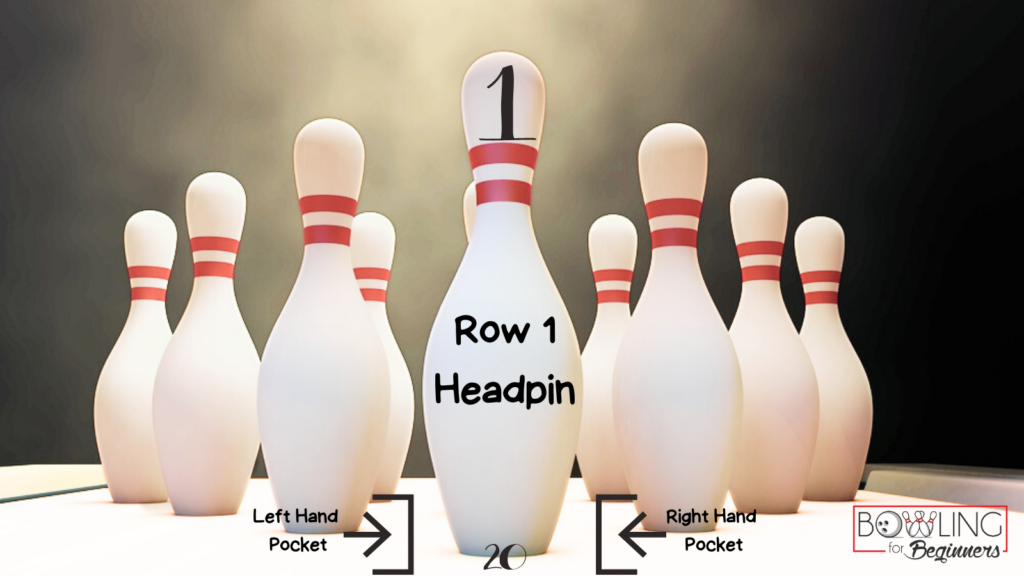
In the row behind the headpin are pins number 2 and 3, with 2 being on the left side from the bowler's perspective.
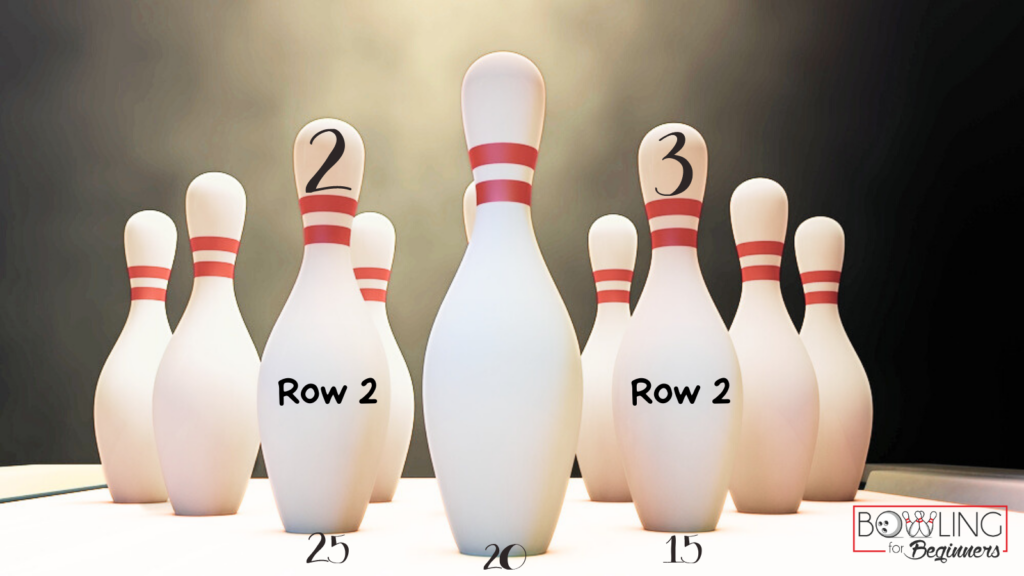
The next row has numbers 4, 5, and 6, with the number 4 being on the left side, 5 in the center and referred to as the "sleeper" pin, and 6 on the right side.
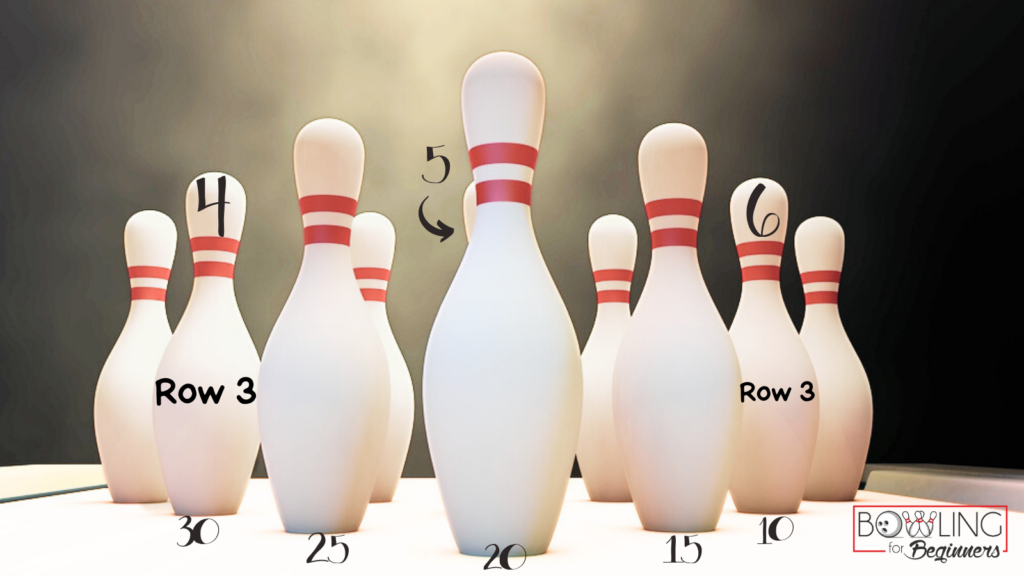
The last and farthest row from the bowler has pins numbered 7, 8, 9, and 10. The number 7 is on the left side of the bowler's perspective of the pins, with 8, 9, and 10 following 7 from left to right.
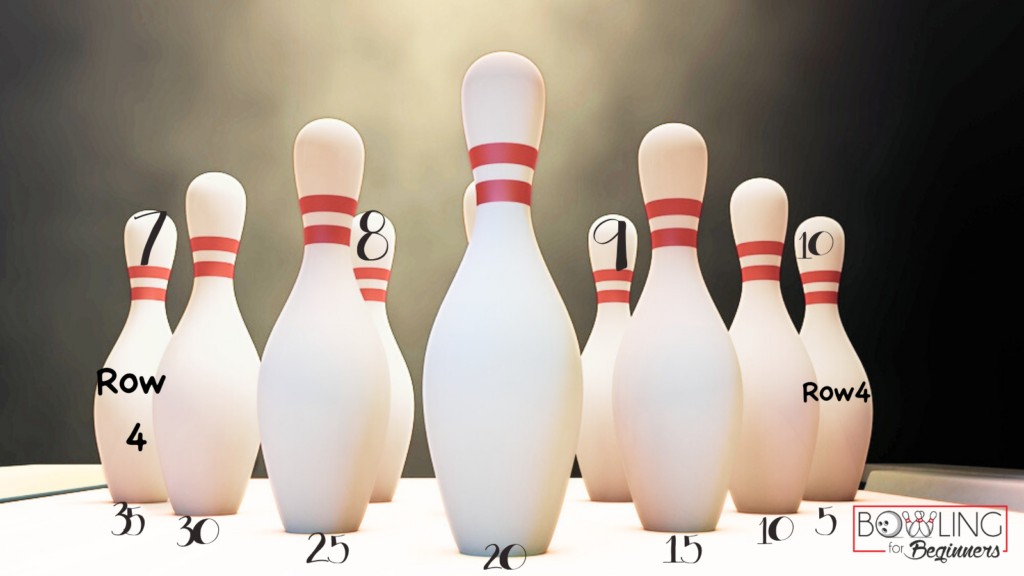
In 5-pin bowling, the center pin, the pin closest to the bowler, is called the Headpin and is worth 5 points. The two adjacent pins to the center's immediate left and right, are called Left 3 and Right 3 and are worth three points each. Finally, the farthest pins from the Headpin are called the Corner Right or Corner Left pin and are worth two points.
9 pin bowling is in a league of its own. Historically, deemed an illegal sport, the diamond shape formation is still a favorite in Texas. In the innermost center of the quadrilateral, sits a red pin called, the King pin.
What Boards Do Bowling Pins Sit On?
The pins for a 10-pin and Candlepin bowling game sit at the end of the lane in the pin deck. Remember, both bowling games share similar pin setup formations. Each setup has four rows. Below are the following boards where each pin sits for left and right-handed bowlers.
The counting of the boards from right to left increases from 1-40, ending with 40 on the left. Contrary, from left to right, the boards start with 1 and end with 40 at the right.
- First Row: The first row is the headpin, or pin number 1. For left-handed and right-handed bowlers, the pin sits on the “20 board." This is considered the middle of the lane.
- Second Row: This row, from left to right, consists of the number 2 and number 3 pins. The number 2 pin, for left-handed bowlers, the two-pin sits on board 15, and for right-handed bowlers, on board 25.
- Third Row: Consisting of pins numbered 4, 5, and 6, this board is situated on the following boards for left-handers 10, 20, and 30, respectively. Conversely, the board positions for right-handed bowlers are 30, 20, and 10.
- Fourth Row: The last row house the 7, 8, 9, and 10 pin from left to right. Properly aligned, the pins sit on their respective boards, 5, 10, 25, and 35 for lefties. Opposite, from right to left, 35, 25, 15, and 5.
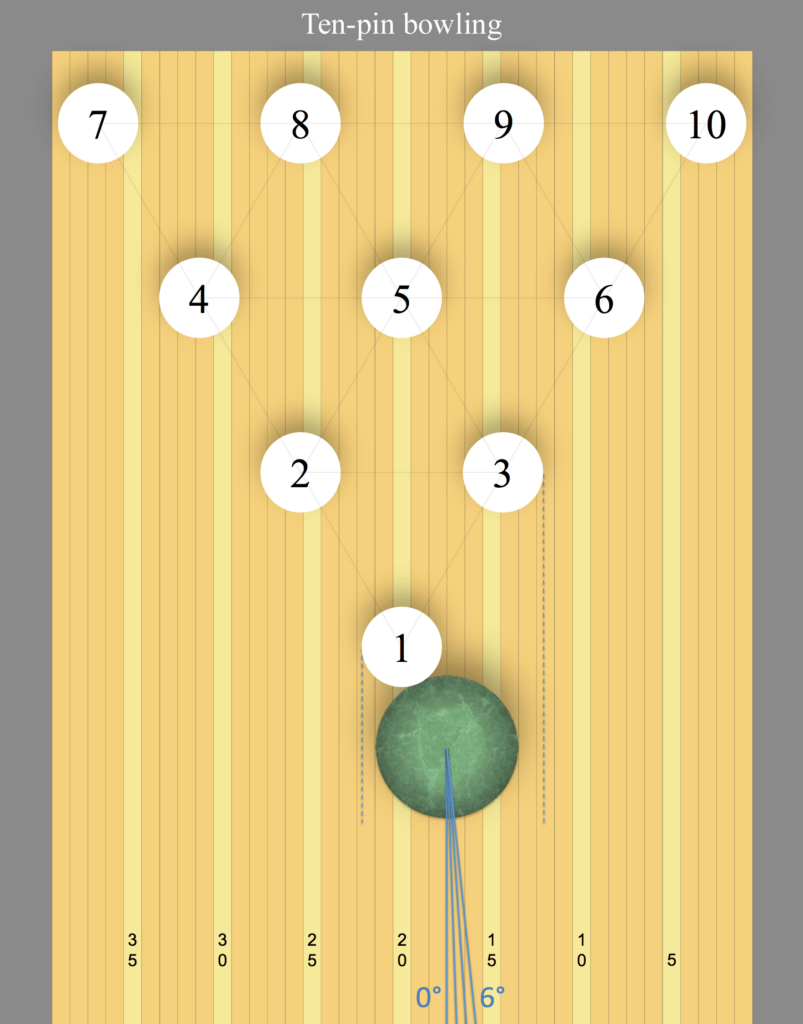
Which Bowling Pins to Target for a Strike?
If you want to get a strike, you need to know which bowling pins to target. And that will depend on which hand you usually bowl with. Here are some tips on the pins you should aim for based on your dominant bowling hand.
For Beginners – Straight Bowlers
If you’re a straight bowler (meaning you don’t curve or hook your ball at all), aim for the middle pin – pin number 1. Hitting that pin straight on will result in a strike some of the time. Other times, it could result in a split or a spare situation, where you’ll need to knock down additional pins to try to pick up the spare.
For Left-Handed Bowlers Who Hook
Aim for the left-handed “strike pocket,” which is the area between the 1 and 2 pins. More often than not, hitting that spot just right will result in a strike. In addition, be aware of your stance.
Depending on your specific bowling style, you may need to shift to the right or left to position yourself to get that ball into pocket. You may need to experiment to determine your ideal stance and position. For lefties, see if placing your right foot on the center dot before your release will help.
Standing in the right spot as you approach the lane and roll can help a ton.
For Right-Handed Bowlers Who Hook
Try to hit the strike pocket. For right-handed bowlers, that’s between pins 1 and 3. Your probability of getting a strike is high if you get into pocket.
Also, use the arrows on the lane to guide you. For a right-handed bowler, try aiming for the second arrow from the right. When you find the arrow that directs you to the strike pocket every time, you’ll want to use it whenever you can.
Another way to work on your positioning to hit that strike pocket is to find the dots that run across the lane before the foul line. For a right-handed bowler, try placing your left foot on the middle dot.
Consistency in Bowling Pin Formation
The reason the pin formation doesn’t change in 10-pin bowling is that it’s regulated by the USBC (United States Bowling Congress). This is the organization that governs the sport of bowling in the US. So, if you’re bowling in a USBC-sanctioned event or league, you’ll be using the standard 10-pin formation.
The USBC not only dictates pin formation but also other aspects of the game, such as lane dimensions and required equipment. This ensures that there is consistency and fair play in organized bowling events.
A consistent pin formation allows bowlers to keep track of their successes and failures. With all of the bowling equipment (except the ball) standardized, the main variables that change are your ball and how you deliver it. If the pin formation changed every time, it’d be like starting from square one every time you bowl.
The evenly spaced pins keep bowlers practicing and refining their skills to chase that elusive strike pocket.
Quick Tips to Improve Your Bowling Skills
Whether you're a seasoned bowler or just getting started, there are always ways to improve your skills. Here are a few quick tips to help you bowl your best game:
1. Make sure the bowling alley has properly maintained the lanes. This means that the lane surface should be clean and free of dirt and other debris. If the lanes are in poor condition, it can affect your ability to get a good roll on the ball.
2. Choose the right ball weight for you. A heavier ball will be more challenging to control but can also result in more power and strike potential. A lighter ball will be easier to handle but may not have as much power behind it. Experiment with different bowling ball weights to find what works best for you.
3. Ensure that you're wearing the right gear. You'll need a pair of bowling shoes to get the proper traction on the lane.
How are bowling pins reset?
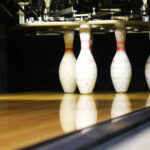
With an automated pin-setter machine or manually.
Depending on the type of bowling, resetting pins could be automatic or manual. Type pin setting machines are set up for 10-pin bowling and other forms of bowling with similar formations and pins.
But if the formation and pins are to similar to 10-pin bowling, the pins are reset manually. Actual pin setters (people) can be used, where they physically reset pins after each roll or where they pull strings to pick up the pins.
How tall are bowling pins?
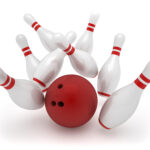
Ten pins are 15 inches (380 mm). Candle pins are 15.75 inches tall. Duck pins are 4.75 inches tall.
Understanding the aspects of bowling pins furthers your knowledge and understanding of the sport of bowling. Deepen your understanding of bowling pins in this detailed article.
What are bowling pin set up numbers?
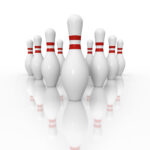
Bowling pins are read from left to right. Starting with the headpin as 1, 2nd row is 2 and 3, 3rd row is 4, 5, and 6. 4th row is 7, 8, 9, and 10.
The numbering of the pins is important to understand certain splits, finding the pocket, or for simply understanding bowling lingo.
Related Articles
It’s easy to take the formation of bowling pins for granted since bowling pins are set up, removed, and reset automatically with each frame and game. But they have an enormous impact on the game. We hope that this article has answered all of your questions!
Kira Byrd, a Certified Fraud Examiner, holds a B.S. in Accounting from the University of Alabama at Birmingham. With a passion for bowling from her childhood, Kira has poured her expertise and personal experiences into creating and nurturing Bowling For Beginners. Kira's mission is to meet new bowlers where they are and guide them toward consistently achieving higher scores. With a focus on skill development and strategic techniques, she empowers readers to take control of their game and unlock their true potential.
Bowling For Beginners embodies strict editorial integrity, ensuring reliable and unbiased information. Kira's commitment to delivering valuable insights and practical strategies is reflected in every article. Here's an explanation of our editorial policy and how we get money.





